While window cleaning helps give your window that sparkling feel, you cannot just clean your window with any type of water if you want the best results. You see, tap water usually contains impurities, and dissolved solids can leave a milky white residue, stains, and spots after cleaning.
Hence, purifying the water used for window cleaning is of utmost importance. Before purifying water, you must establish the level of total dissolved solids. This can be measured with a TDS meter. The goal is to reduce TDS levels to between 0 – 10 PPM. This post explores two common water purification systems window cleaning.
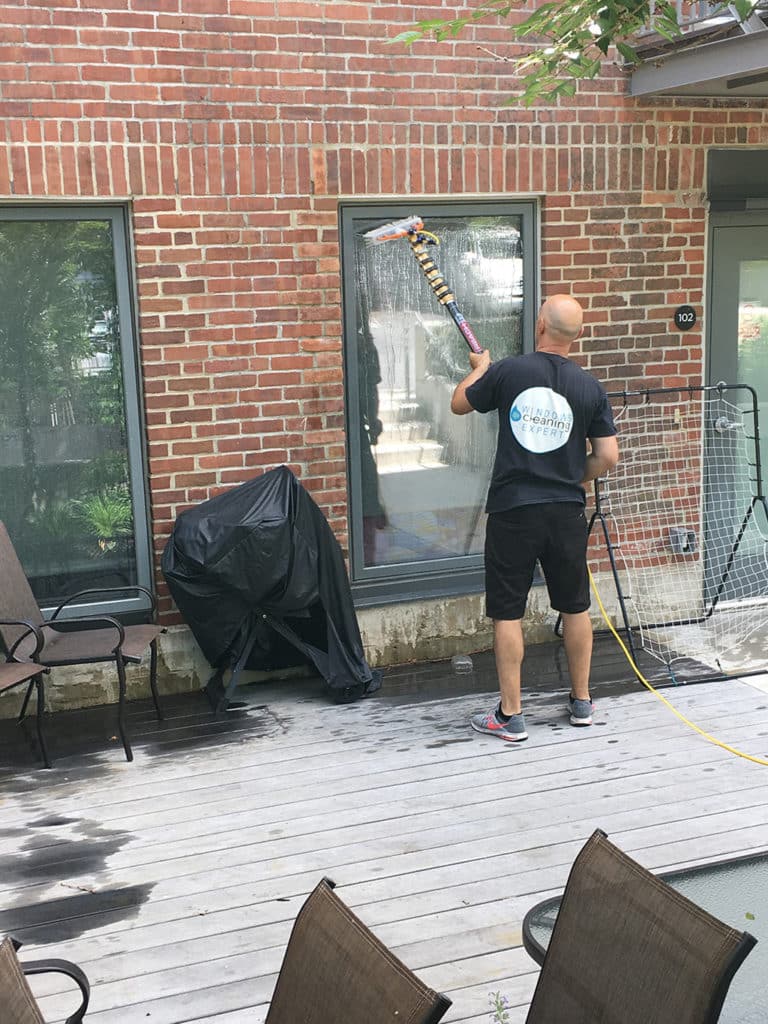
Method 1: Reverse osmosis.
This purification process involves the following steps:
- Sediment filters
In the first stage, the water passes through a sediment filter of 5 microns. This filter helps to remove small components like silt, sand, and dirt in the water.
- Carbon filters
Removing chlorine is very important for purifying water. Activated carbon filters can adsorb chlorine from the water.
- Reverse osmosis
In this stage, water passes through a semi-permeable membrane of 0.0001 microns under high pressure. These tiny pores ensure that only water molecules pass through while unwanted ions and salt components remain behind.
- Post filtration
The water may pass through another activated carbon filter to capture impurities that have escaped previous stages.
- De-ionization
The deionization filter exchanges positive hydrogen molecules and negative hydroxyl molecules to produce pure water with TDS levels of 0 PPPM.
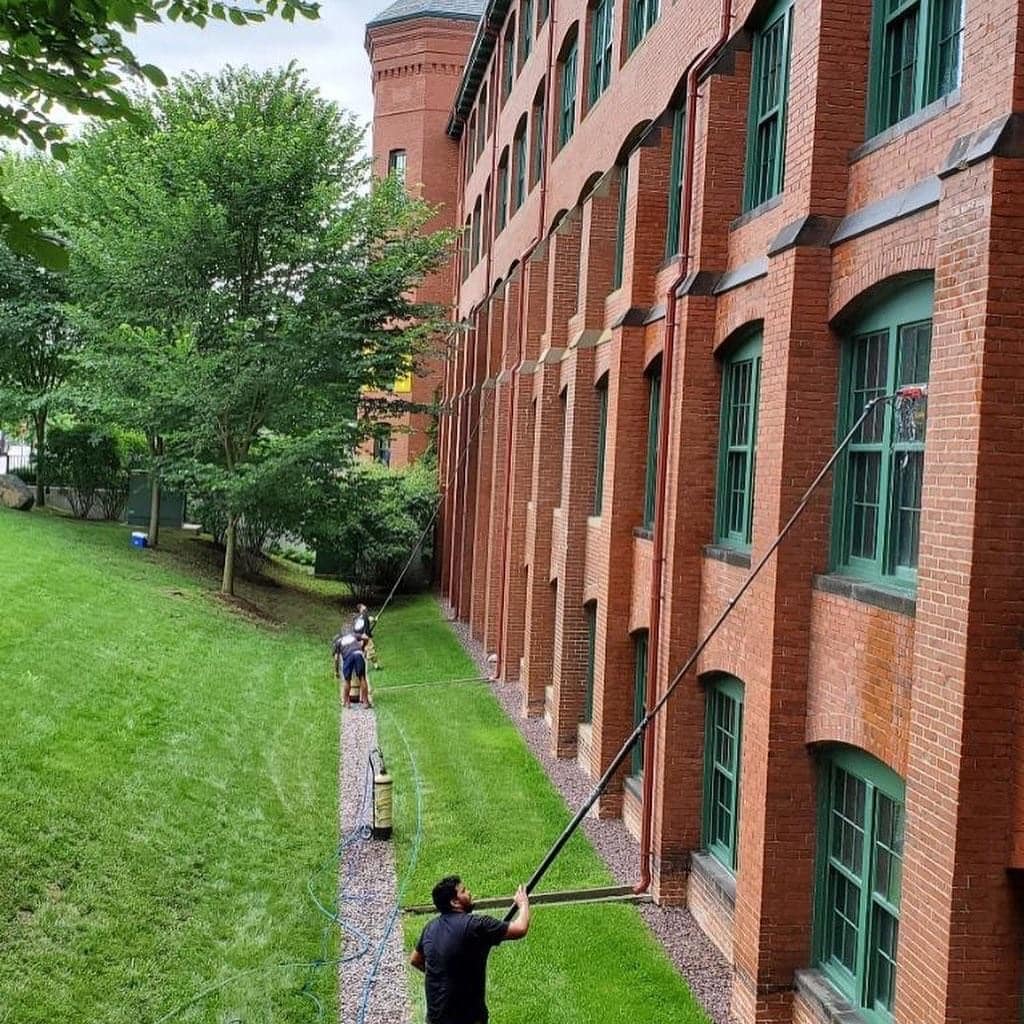
Method 2: DI-Resin
DI-resin is the method commonly used by professional window cleaners. The goal is to reduce TDS levels to less than 10 PPM of water. The DI resin uses an ion exchange that attracts non-water ions and replaces them with hydrogen ions, leaving behind pure water ideal for window cleaning.
Wrap Up
Selecting the appropriate water purification system for window cleaning depends on desired TDS levels, cleaning frequency, window height, number of people cleaning at a time, and desired water texture. Using purified water results in an efficient and spotless window cleaning.

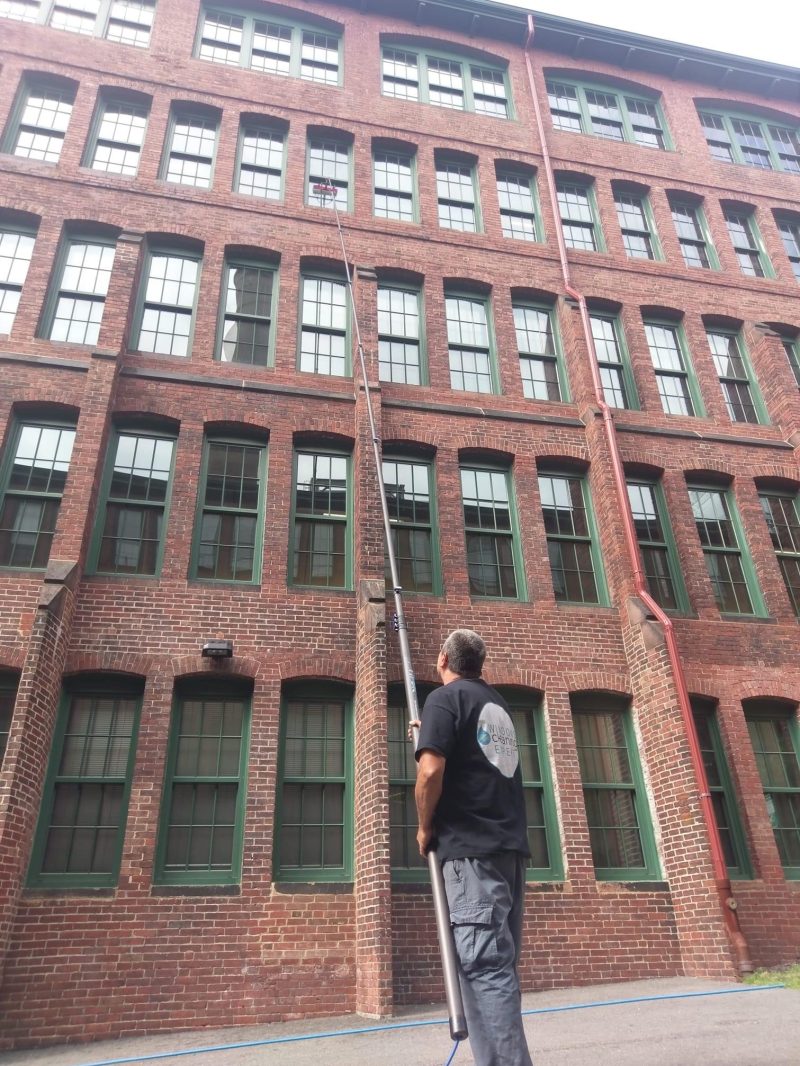
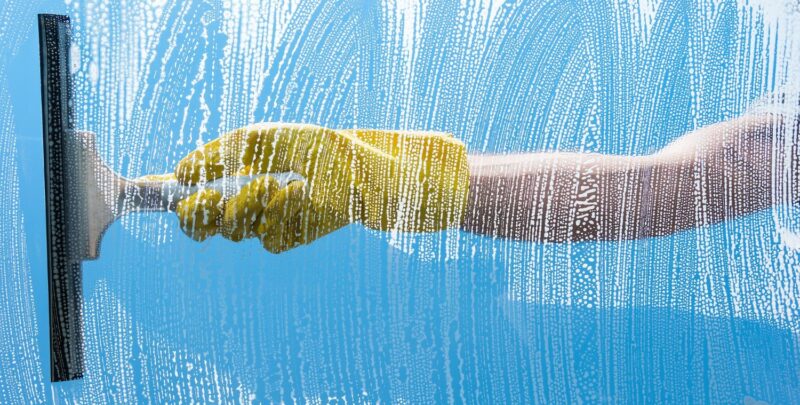
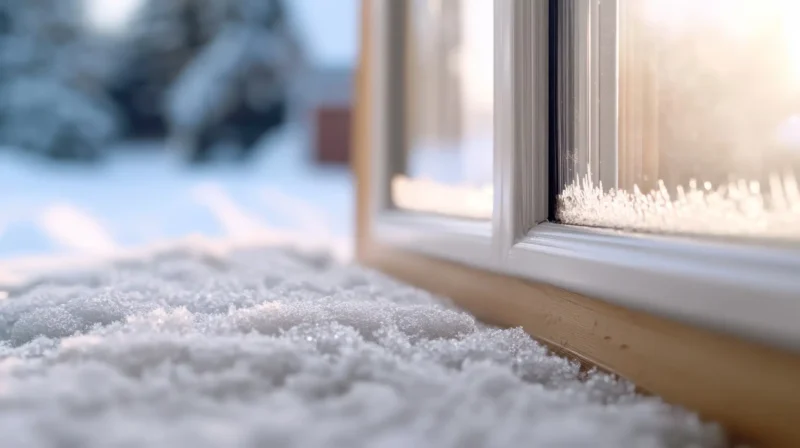
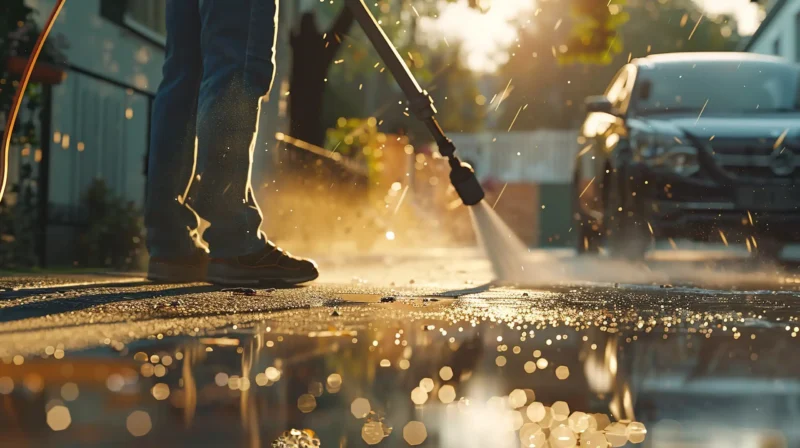
I agree. One major purpose of water purification is to provide clean drinking water. Water purification also meets the needs of medical, pharmacological, chemical, and industrial applications for clean and potable water.